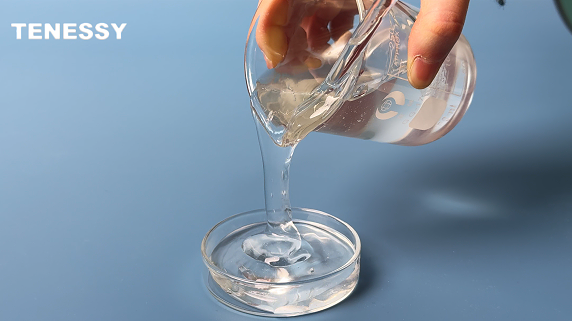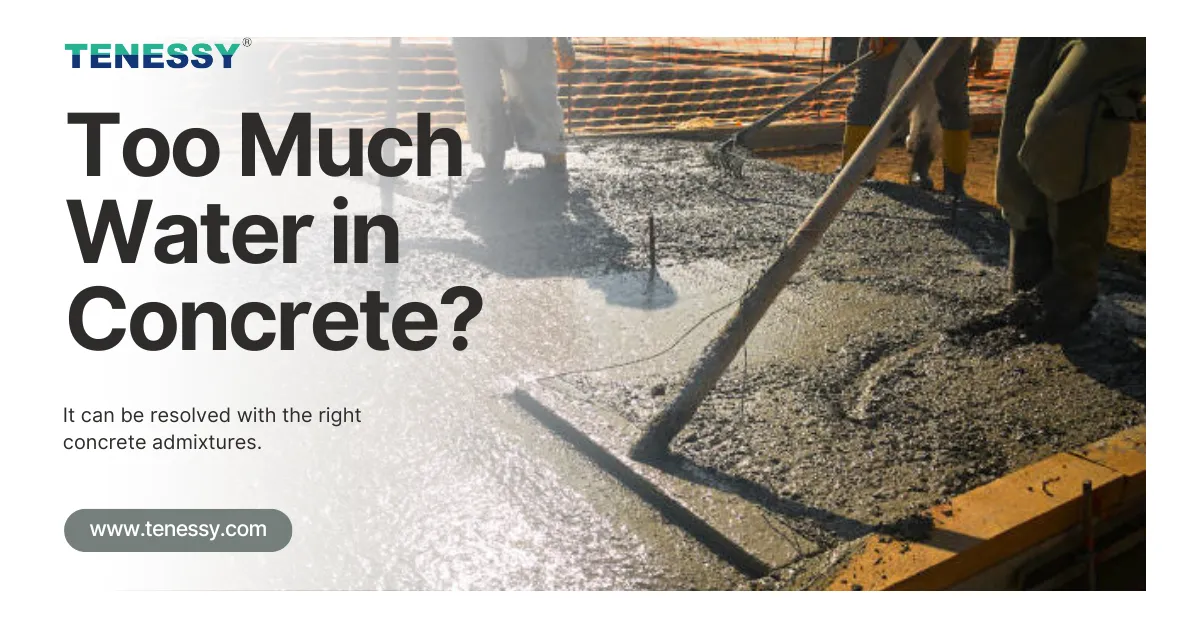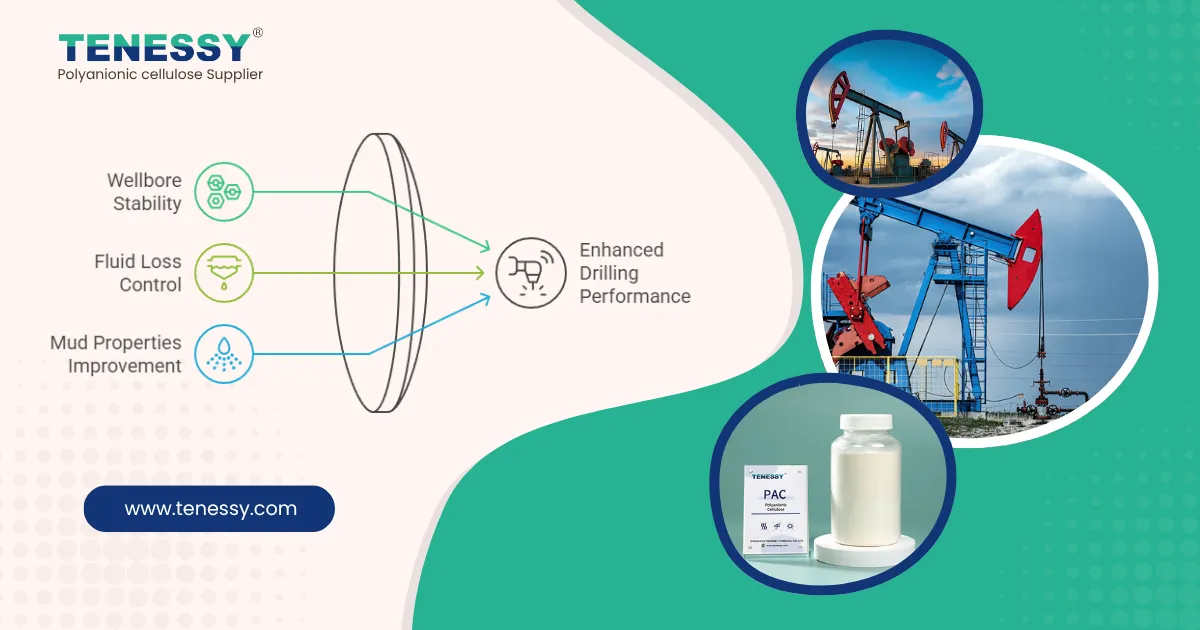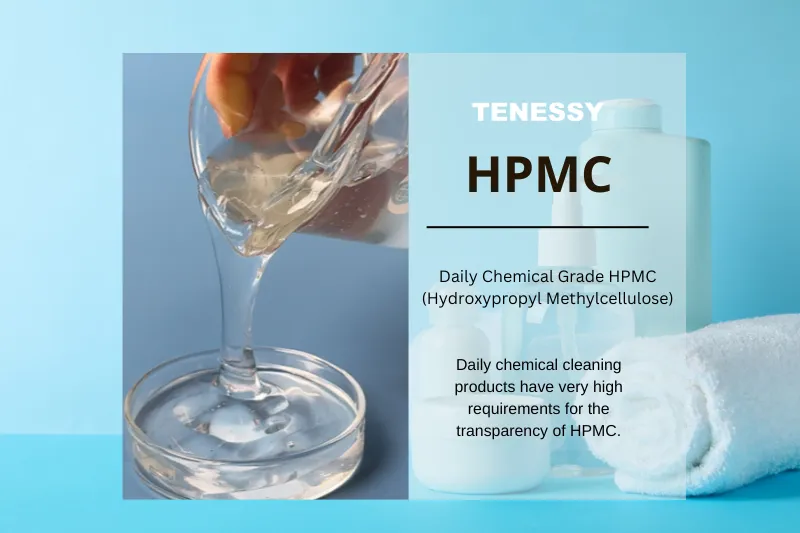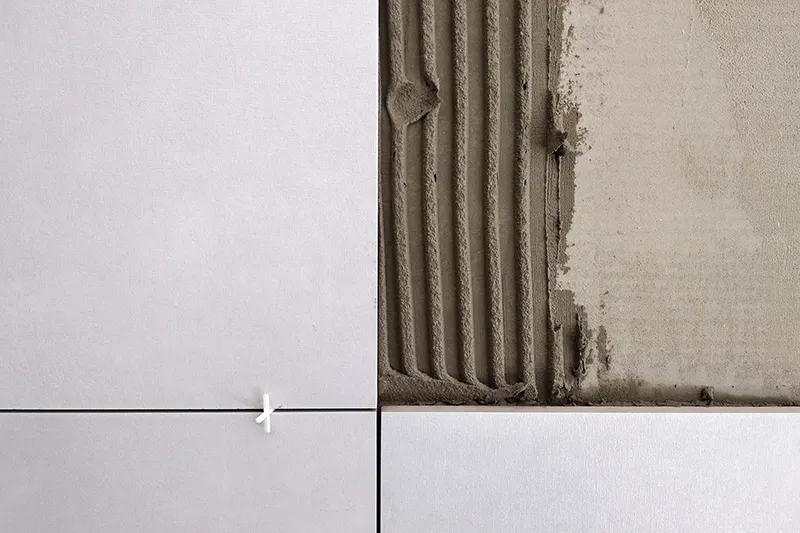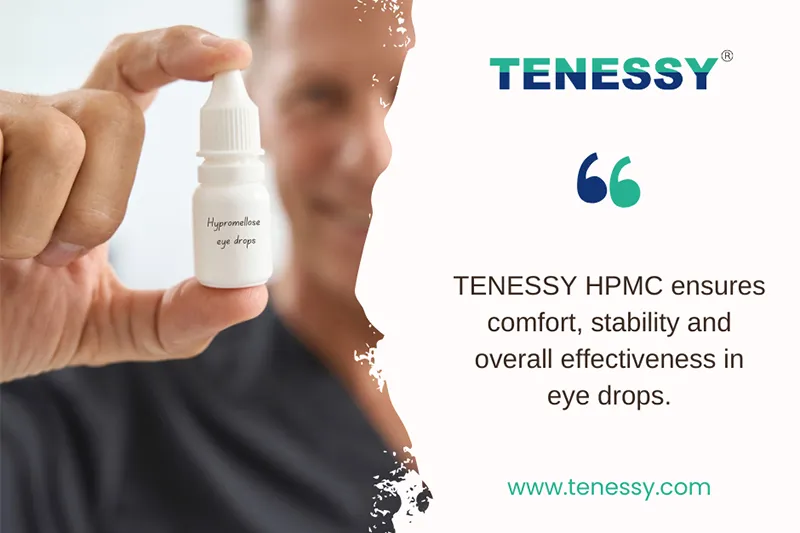I.What is Hydroxyethyl Cellulose Powder
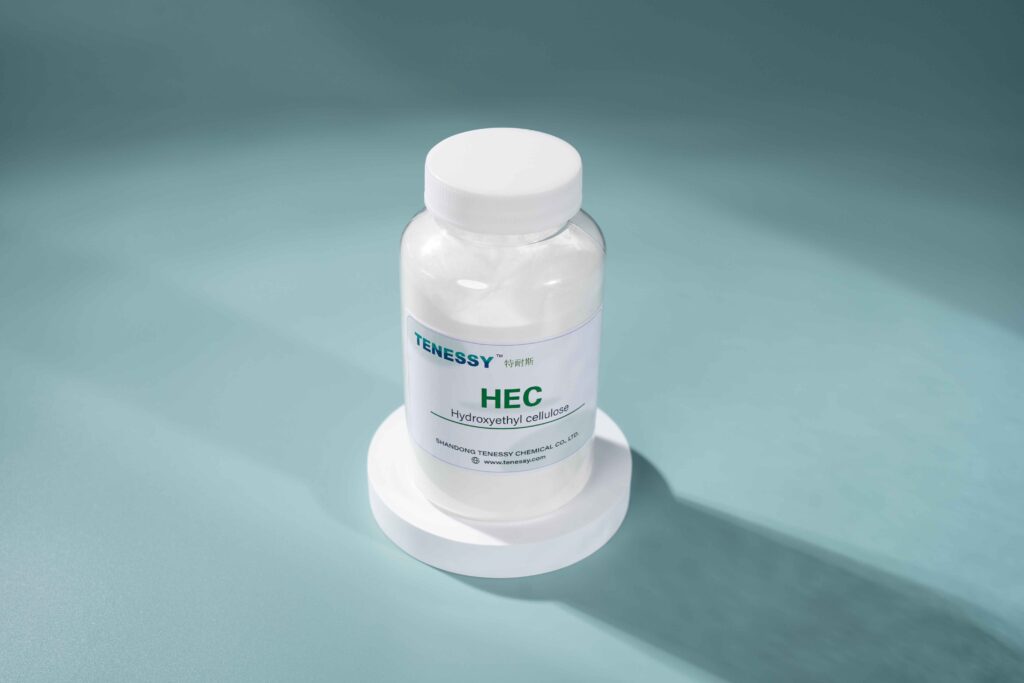
Hydroxyethyl cellulose (HEC) in textile printing and dyeing formula share:
Application Scenarios | HEC Share (wt%) | Auxiliary Ingredients | Role Description |
Reactive dyes printing paste | 0.5%-2.0% | Urea (5%-10%), sodium bicarbonate (1%-3%) | Provides viscosity, prevents migration of dyestuffs, and improve the color yield. |
Paint printing paste | 0.3%-1.5% | Binder (20%-30%), crosslinking agent (1%-2%) | Thickening and stabilizing the dispersion of pigment, improving the feel. |
Disperse dye printing | 1.0%-2.5% | Dispersing agent (1%-2%), pH adjusting agent | Suitable for polyester printing, good stability under high temperature. |
Sizing agent | 0.2%-1.0% | PVA (3%-5%), wax emulsion (1%-2%) | Increase yarn strength, reduce weaving breakage. |
Coating finishing | 0.5%-1.5% | Acrylic resin (10%-20%), softener | Forms uniform film, improves fabric functionality. |
II.Main uses of Hydroxyethyl Cellulose Powder in the Textile Printing Industry

1.Thickening
HEC is a key ingredient in the preparation of aqueous printing pastes. Its main function is to thicken the printing color paste to a viscosity (usually in the range of a few tens of thousands of centipoise) suitable for printing machine operation.
2.Rheology Control
HEC solutions have pseudoplastic rheological properties (shear thinning). This means that in storage and under high shear (e.g. stirring, pumping), the viscosity is low, making it easy to handle and transport.
At low shear (e.g. when the squeegee passes over the printing screen and rests on the fabric), the viscosity quickly returns to an elevated level. This can effectively prevent the color paste from seepage, to ensure that the printing pattern is clear, fine lines, and does not produce “seepage” or “melt away” phenomenon.
3.Water Retention
HEC is extremely hydrophilic and water retentive. It effectively locks the water in the printing paste, preventing it from migrating too quickly into the fibers or to the edges. This is the key to achieving clear patterns, vividness and high fineness.
4.Suspension Stability
It helps to evenly suspend dyes, pigment particles and other insoluble components (such as fillers, auxiliaries, etc.) in the printing paste to prevent precipitation and ensure the uniformity and stability of the printing paste.
III.Applicable Dyes and Processes for Hydroxyethyl Cellulose Powder

1.Reactive Dye Printing
HEC is one of the most commonly used and effective thickeners in reactive dye printing paste (often compounded with other thickeners such as sodium alginate). It has a low affinity for reactive dyes, the dyes are easy to transfer from the paste to the fiber, and easy to wash away after treatment, without affecting the feel of the fabric and the whiteness of the white background.
2.Disperse Dye Printing
In the transfer printing paste of polyester and other synthetic fibers, HEC is used as a thickener and carrier, which helps to disperse the dyes uniformly and sublimate them effectively during heat transfer.
3.Coatings Printing
While synthetic thickeners, such as polyacrylics, are more commonly used in coatings printing, HEC can be used in some coatings printing formulations, especially when a softer feel is desired or when compounding with other systems.
IV. Advantages of Hydroxyethyl Cellulose Powder
1.High Color Yield
Low affinity for dyestuffs (especially reactive dyestuffs), full transfer of dyestuffs.
2.Easy to Wash Off
Less residue after washing, soft fabric feel, less staining on white background.
3.Good Compatibility
As a non-ionic polymer, it is compatible with most ionic dyestuffs and auxiliaries, and is not easily affected by the concentration of electrolyte (salt) in the system, with good stability.
4.Film Forming
The paste film formed is effective in fixing dyes/pigments during drying.
5.Natural/Renewable
V. 6 Drivers of Hydroxyethyl Cellulose Powder Prices
1.Raw material costs

Cotton short staple/wood pulp: 60% of production costs, directly affected by the volatility of agriculture and pulp futures .
Ethylene oxide: crude oil → ethylene → ethylene oxide conduction chain, geopolitical conflicts push up 25%.
2.Technical Parameters
High viscosity (>10,000 mPa-s) is 35% more expensive than low viscosity due to the high demand for screen printing and high energy consumption for production.
Degree of substitution (DS): DS=2.0-2.5 is the best performance, but the process control is difficult, low yield rate increases the cost by 20%.
3.Green Barrier
EU REACH/ECOSAR certification increases costs by 30%, chlorine-free process requirements make environmentally friendly HEC premium 15%.
4.Production capacity and regional game
Imported brands monopolize the high-end market, strong pricing power; domestic price war to pull down the mid-range market.
Logistics cost in Southwest China is higher than East China.
5.Process iteration
Outbreak of digital printing to promote low viscosity migration-resistant HEC demand increased by 22%, a premium of 40%; traditional medium viscosity HEC due to overcapacity fell 5% annually.
6.Competition of substitutes
Sodium alginate cost 30% lower, but poor electrolyte resistance; polyacrylate 20% cheaper, but affects the fabric feel.
VI. Purchasing Suggestions for Textile Printing and Dyeing Enterprises
Cost-Effective Solutions
Regular Printing: Choose domestic medium viscosity HEC + compounded sodium alginate (reduce cost by 10%-15%).
Export order: suggest imported HEC or domestic high-end model.
Cost Reduction Tips
Quality Verification Indicators
Mandatory items:
1% solution viscosity (25℃)
Transmittance (reflecting impurity content)
Degree of substitution (DS=1.8-2.5 is good)
VII. Conclusie
In textile printing and dyeing, the most important application of hydroxyethyl cellulose powder is as a high-performance printing paste thickener, especially for reactive dye printing that requires fine patterns, clear outlines and bright colors. Its excellent pseudoplastic rheology, strong water retention capacity, low dye affinity, good compatibility and easy wash-off make it an indispensable key material in the production of high-quality prints.


